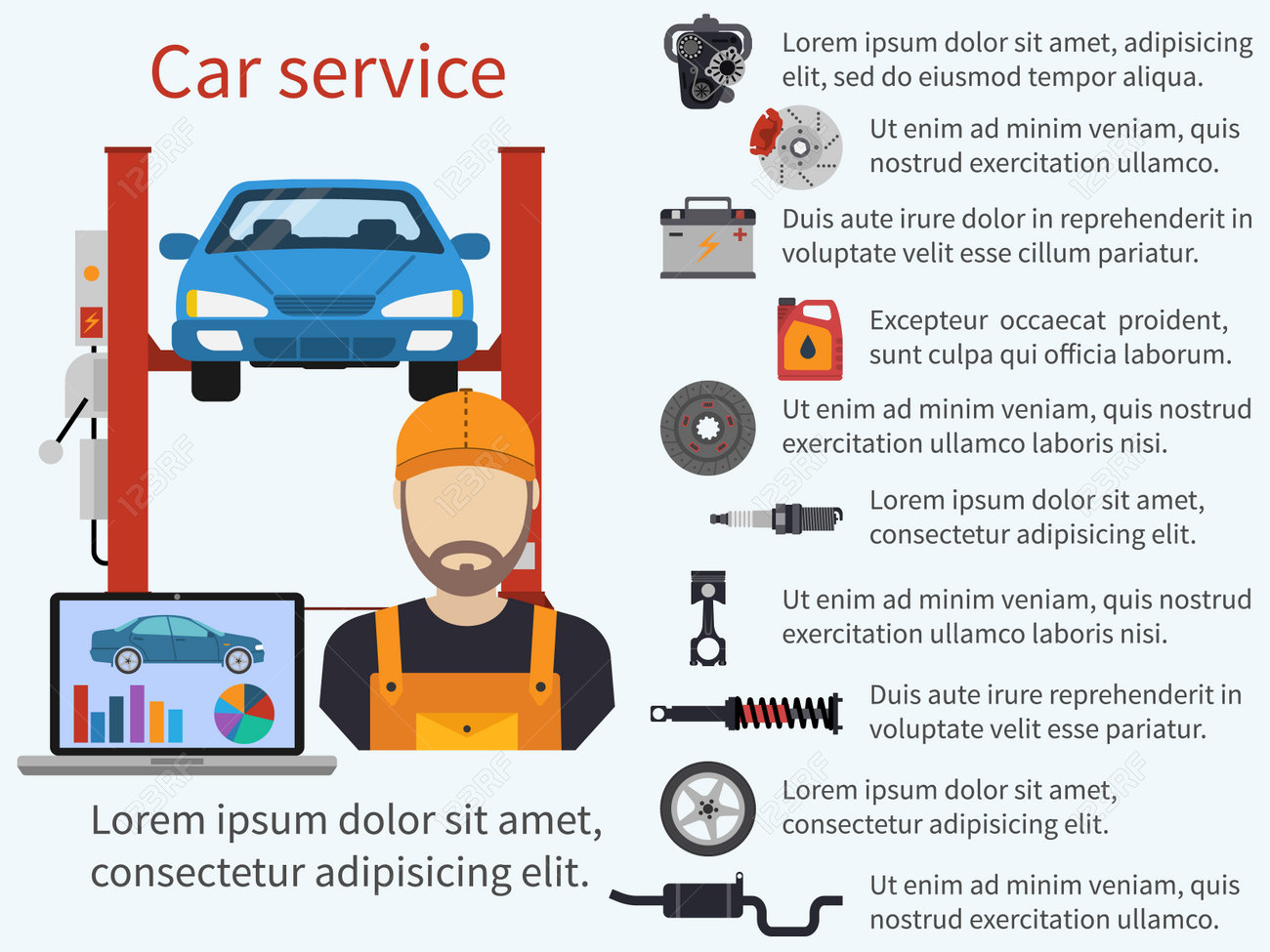Intrigued In Comprehending The Warning Lights On Your Vehicle'S Control Panel? Discover Their Value For Your Automobile'S Safety And Security And Overall Problem
Intrigued In Comprehending The Warning Lights On Your Vehicle'S Control Panel? Discover Their Value For Your Automobile'S Safety And Security And Overall Problem
Blog Article
Produced By-Lauritsen Torres
When you lag the wheel, those glowing caution lights on your control panel can be a little bit puzzling. Do you understand what they're trying to tell you about your auto's health? Understanding the relevance of these lights is vital for your security and the long life of your automobile. So, the following time one of those lights turns up, wouldn't you intend to decode its message precisely and take the essential steps to resolve it?
Common Caution Lights and Interpretations
Recognize typical caution lights in your automobile and recognize their significances to ensure secure driving.
One of the most normal caution lights include the check engine light, which indicates concerns with the engine or exhausts system. If this light comes on, it's important to have your lorry inspected quickly.
The oil stress alerting light indicates low oil pressure, calling for prompt interest to avoid engine damages.
https://oil-change17395.blogscribble.com/30332661/personal-narrative-upgrading-my-old-car-with-a-weekend-break-of-detailing-job blinking battery light could recommend a defective billing system, potentially leaving you stranded if not resolved.
The tire pressure surveillance system (TPMS) light alerts you to low tire stress, influencing car security and gas performance. Neglecting this can lead to harmful driving problems.
The abdominal light indicates an issue with the anti-lock braking system, compromising your capability to stop rapidly in emergency situations.
Lastly, the coolant temperature alerting light warns of engine getting too hot, which can cause extreme damages if not resolved swiftly.
Recognizing these typical warning lights will assist you address problems immediately and preserve secure driving conditions.
Significance of Prompt Interest
Recognizing the common warning lights in your vehicle is just the first step; the relevance of promptly resolving these warnings can't be emphasized enough to guarantee your security on the road.
When a warning light illuminates on your dashboard, it's your auto's means of communicating a possible concern that needs focus. Disregarding these warnings can result in more extreme issues down the road, compromising your safety and security and potentially costing you much more in repairs.
Motivate focus to alerting lights can avoid break downs and crashes. As an example, a flashing check engine light can show a misfire that, if left ignored, could trigger damage to the catalytic converter. Resolving this without delay can save you from an expensive fixing.
Similarly, a brake system advising light may signify low brake liquid or used brake pads, important components for your safety and security when driving.
Do It Yourself Troubleshooting Tips
If you discover a warning light on your control panel, there are a few DIY fixing ideas you can try before looking for professional assistance.
The primary step is to consult your automobile's guidebook to recognize what the certain caution light suggests. Often the issue can be as straightforward as a loosened gas cap activating the check engine light. Tightening https://www.autoserviceworld.com/the-effect-of-high-gas-prices-on-auto-repair/ may resolve the problem.
Another common problem is a low battery, which can activate different cautioning lights. Checking the battery connections for deterioration and ensuring they're protected might take care of the trouble.
If a caution light lingers, you can try resetting it by disconnecting the cars and truck's battery for a couple of minutes and afterwards reconnecting it. Furthermore, checking your vehicle's liquid levels, such as oil, coolant, and brake fluid, can help repair warning lights connected to these systems.
Verdict
To conclude, comprehending your cars and truck's warning lights is important for keeping your car running efficiently and safely. By immediately resolving these notifies and understanding what they mean, you can stay clear of expensive repairs and potential malfunctions.
Remember to consult your cars and truck's manual for particular information on each cautioning light and do something about it appropriately to make sure a hassle-free driving experience.
Remain notified, remain risk-free on the road!
